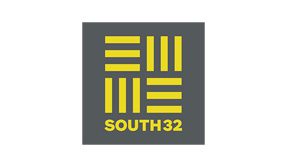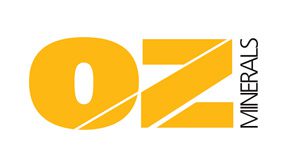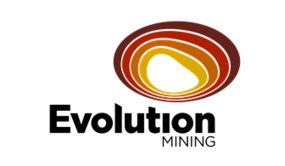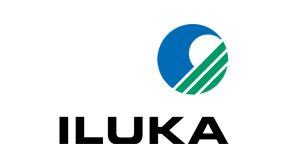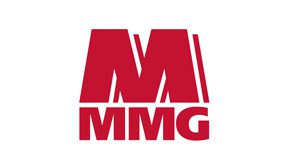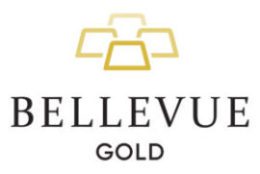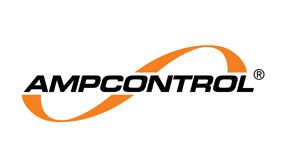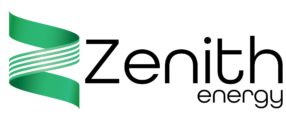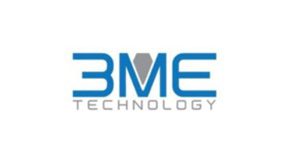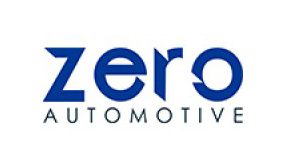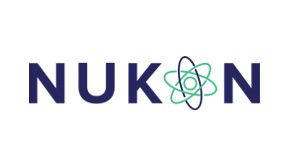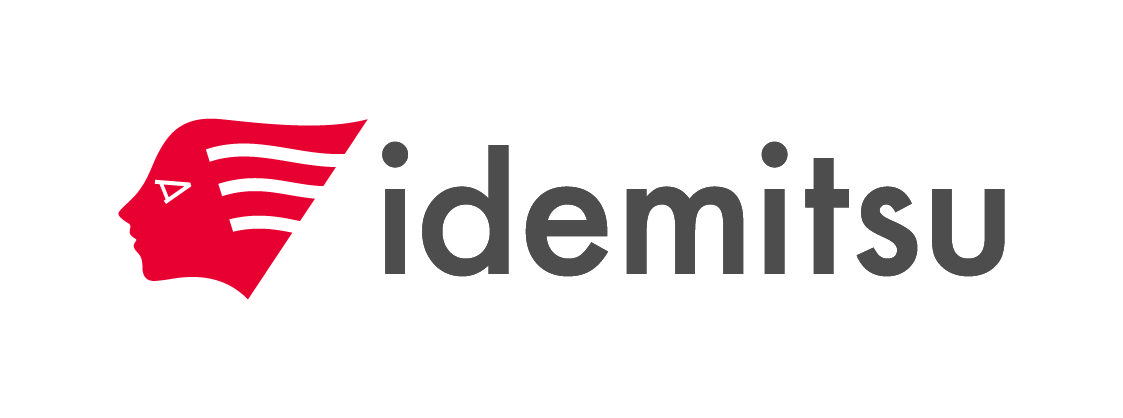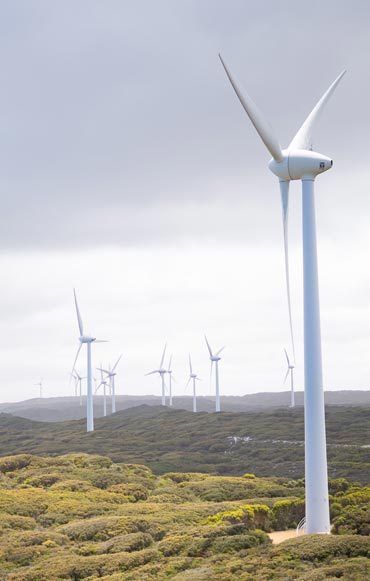The electric mine consortium
Leading companies in the mining industry are taking real steps towards decarbonisation. Over a dozen mining and service companies have joined forces to create the electric mine consortium with the ambition to accelerate progress towards the fully electrified zero CO2 and zero particulates mine.
Please click here to download the latest copy of our brochure.
The big picture
The energy transition is real, and it is here.
The way the we generate, store and harness energy around the globe is undergoing a period of major change. A global ecosystem has begun to emerge to underpin the innovation and scaling of electrification technologies. A rare trifecta, electrification will provide economic, health and environmental value for the mining industry.
Why Electrification?
Reducing cost, carbon emissions and improving health outcomes.
Electrification creates enormous opportunities for operational cost savings, innovative mine designs and resilience against uncertainty. It will reduce the exposure to carcinogenic diesel particulates and reduce scope 1 and 2 carbon emissions by 100%.
The value upside of this not only increases productivity in existing assets, but also improves a company’s ability to unlock deeper and more remote ore bodies.
United by a common goal
The Consortium
Our 5 Working Groups
The EMC has five dynamic working groups, each dedicated to tackling a critical aspect towards fully electric and zero particulate mines.
Mine Design & Infrastructure
Traditional asset design does not enable the realisation of the full benefits of mine electrification. This working group is simulating a range of mines and mining methods to establish electrification performance benchmarks, a business case and future mine designs.
Focus areas include:
- Mine design
- Electrical infrastructure
- Simulation
Policy & Skills
Existing policy settings fall short of encouraging technology investment at the speed necessary to achieve emissions targets. This workstream is dedicated to addressing these challenges head-on, promoting progressive policy change and studying future skills needed for a greener future for mining.
Focus areas include:
- Policy influences for decarbonisation
- Skills gap analysis
Equipment & Data
Current commercial availability of zero-emission vehicles is scarce, with understanding of operating assumptions and costs still in their early stages. This workstream aims to explore feasibility of these vehicles through a range of site and platform trials.
Focus areas include:
- Underground vehicles
- Light and auxiliary vehicles
- Surface and long haul
- Data


